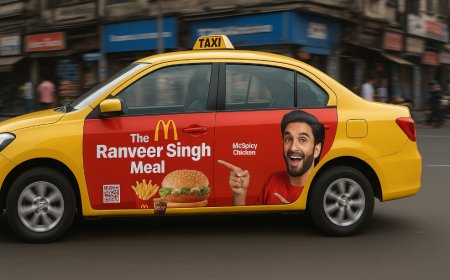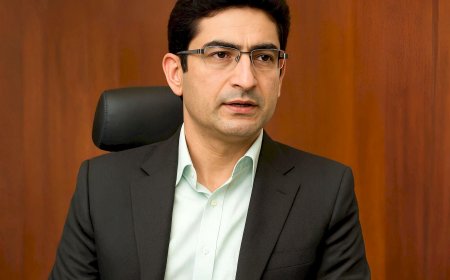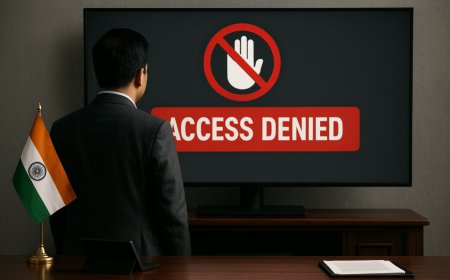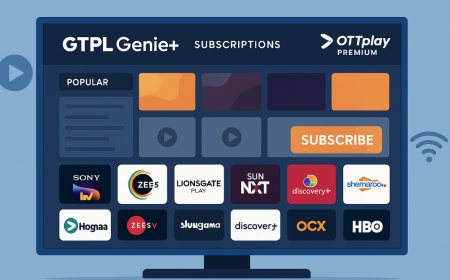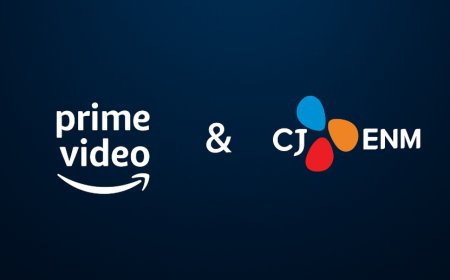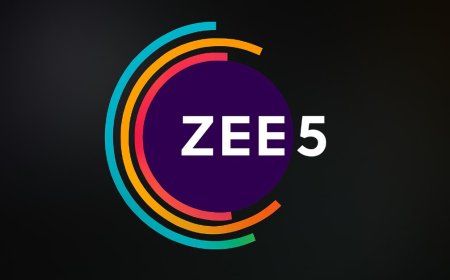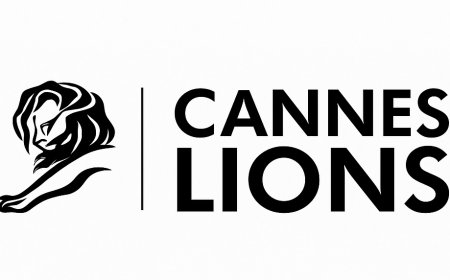FTA Channels on the Rise: Time for Pay TV to Rethink Its Strategy?
As Free-to-Air (FTA) channels gain popularity among cost-conscious viewers, the Pay TV industry must rethink its value proposition to stay relevant in an evolving media landscape.

The television broadcasting industry is witnessing a quiet yet significant shift. While Pay TV platforms have long dominated households through curated, subscription-based content, Free-to-Air (FTA) channels are now making a comeback—riding on affordability, accessibility, and content variety. As FTA channels continue to grow their reach, industry experts are questioning whether Pay TV should revisit its content, pricing, and platform strategies.
The FTA Advantage: Why Viewers Are Switching
FTA channels provide content to viewers without charging a subscription fee. Supported mainly by advertising revenue, these channels are becoming increasingly popular among rural and budget-conscious urban audiences, especially in countries like India where economic sensitivity heavily influences consumer media choices.
Several reasons explain this renewed interest in FTA offerings:
-
Cost Efficiency: As inflation and household budgets tighten, viewers are re-evaluating entertainment expenses. FTA offers entertainment without monthly charges, making it an attractive choice for many.
-
Content Expansion: Earlier limited to news and devotional programs, FTA channels have diversified into general entertainment, regional programming, lifestyle shows, and music, appealing to a broader audience.
-
Accessibility: With the support of affordable set-top boxes and platforms like DD Free Dish, FTA content is easily accessible even in the most remote regions.
-
Regulatory Push: Government and telecom regulations have, in some cases, incentivized or simplified the use of FTA channels—especially on DTH platforms.
Pay TV’s Dilemma: Rising Costs and Falling Value Perception
In contrast, Pay TV platforms are facing headwinds. Rising subscription charges, fragmented content availability (with many premium channels now locked behind additional paywalls), and growing competition from OTT services are creating a perception of reduced value.
Some challenges Pay TV is grappling with:
-
Subscription Fatigue: Consumers are weary of stacking multiple channel packs to access their favorite shows.
-
OTT Disruption: Streaming platforms like Netflix, Amazon Prime Video, and Disney+ Hotstar offer on-demand content, including exclusive originals and films, often at competitive pricing.
-
Declining ARPUs: With subscriber churn increasing, the Average Revenue Per User (ARPU) is gradually shrinking for many Pay TV operators.
-
Limited Customization: Pay TV platforms still struggle with flexible content bundling, frustrating customers who must pay for entire channel bouquets instead of cherry-picking content they actually consume.
DD Free Dish: The FTA Game Changer
One of the biggest contributors to FTA's resurgence in India is DD Free Dish, the government-backed Direct-To-Home (DTH) platform. It has seen tremendous growth over the past few years, particularly in Hindi-speaking states and rural belts.
With over 40 million households now relying on DD Free Dish, the platform’s appeal lies in offering nearly 150+ channels across categories—from entertainment and movies to news and regional content—all without monthly subscription fees.
Private broadcasters like Zee, Sony, and Star have also reintroduced select channels to the FTA bouquet to recapture lost viewership, indicating a clear shift in strategy driven by FTA’s growing clout.
FTA Viewership: Not Just Quantity, But Quality
While Pay TV continues to dominate urban premium households, FTA channels are proving they can attract substantial, engaged audiences. In fact, several FTA-exclusive shows, especially those on general entertainment channels, are delivering solid TRPs and holding their ground against Pay TV counterparts.
Advertisers are taking note too. As FTA viewership grows, so does ad revenue. Brands that target mass markets—especially in FMCG, telecom, and regional segments—are now strategically investing in FTA inventory, finding it a more cost-effective route to reach larger audiences.
Should Pay TV Be Worried? Yes—and No.
FTA’s rise doesn’t necessarily mean Pay TV’s decline, but it does signal the need for urgent innovation and adaptation. Pay TV still offers advantages like high-definition content, sports, premium films, and exclusive programming that FTA cannot always match. However, to retain subscribers and avoid erosion, Pay TV providers should:
-
Revisit Pricing Models: Offering leaner, customizable channel packs with competitive pricing will make Pay TV more accessible.
-
Bundle Smartly with OTT: Creating hybrid models (e.g., Pay TV + OTT bundles) can offer added value to subscribers.
-
Enhance UX & Technology: Upgrading interfaces, integrating voice search, and providing cloud DVRs can improve the viewer experience.
-
Focus on Regional and Original Content: Pay TV can compete by investing in hyper-local storytelling and regional programming that FTA may not prioritize.
-
Address Subscriber Pain Points: Transparency in billing, customer support improvements, and service reliability will enhance subscriber satisfaction.
The Road Ahead: Coexistence or Competition?
The media consumption landscape is no longer binary. Viewers now toggle between FTA, Pay TV, and OTT depending on their mood, budget, and preferences. This evolving behavior calls for collaboration rather than competition.
Some Pay TV operators are already experimenting with offering FTA channels as part of base packs, and bundling OTT apps into their set-top boxes. These hybrid solutions could well represent the future of television distribution—where content is king, but delivery must be seamless, flexible, and affordable.
Conclusion
The resurgence of FTA channels is a reality that Pay TV can no longer afford to ignore. As more viewers seek quality content without the cost burden, Pay TV must evolve from a rigid subscription model to a value-driven, multi-platform experience.
What's Your Reaction?
 Like
0
Like
0
 Dislike
0
Dislike
0
 Love
0
Love
0
 Funny
0
Funny
0
 Angry
0
Angry
0
 Sad
0
Sad
0
 Wow
0
Wow
0





